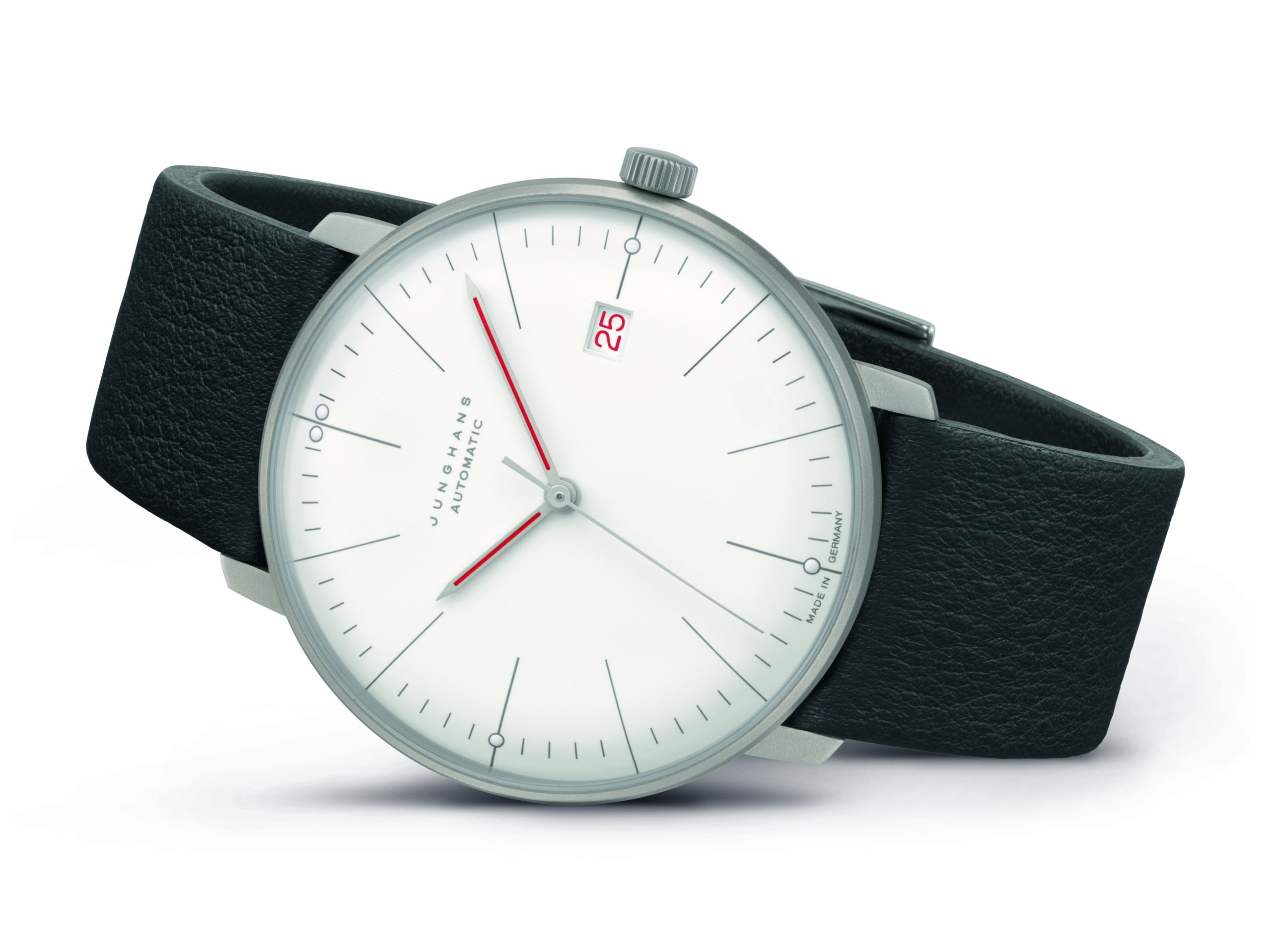Since the creation of the Bauhaus movement in 1919, the design style has transcended numerous forms of artistic expression for over a century. From painting and pottery to architecture and typography, there is no denying the prolific permeation of this iconic design language. In the realm of horology, it would be difficult to find a brand more closely associated with Bauhaus design than Junghans. As a testament to this design philosophy, along with its close relationship with a renowned Bauhaus artist, Junghans has released a new iteration of the Max Bill.
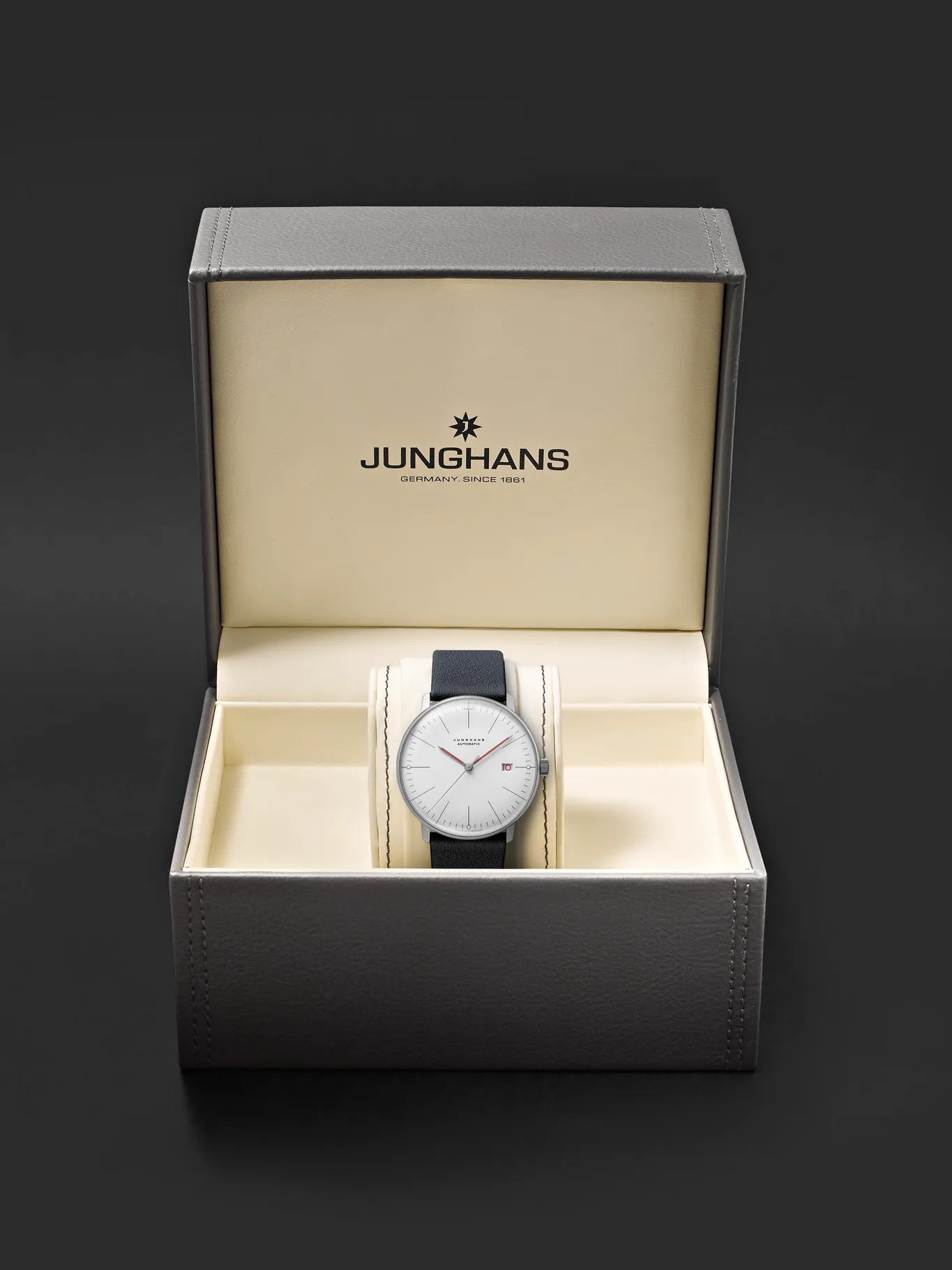 The term “Bauhaus” is often synonymous with simplicity and symmetry with regard to watch design. There is, however, a larger movement to which this aesthetic can be attributed. With deep roots in Germany, The Bauhaus was originally created in the city of Weimar with the intention of combining a variety of forms into a single work of art. As the philosophy evolved, practicality crept in and the movement was refocused into a more pragmatic, mass-production-driven form of design. It was in 1925 that the school was moved to Dessau Germany, and it has remained both a functional facility and an architectural icon ever since.
The term “Bauhaus” is often synonymous with simplicity and symmetry with regard to watch design. There is, however, a larger movement to which this aesthetic can be attributed. With deep roots in Germany, The Bauhaus was originally created in the city of Weimar with the intention of combining a variety of forms into a single work of art. As the philosophy evolved, practicality crept in and the movement was refocused into a more pragmatic, mass-production-driven form of design. It was in 1925 that the school was moved to Dessau Germany, and it has remained both a functional facility and an architectural icon ever since.
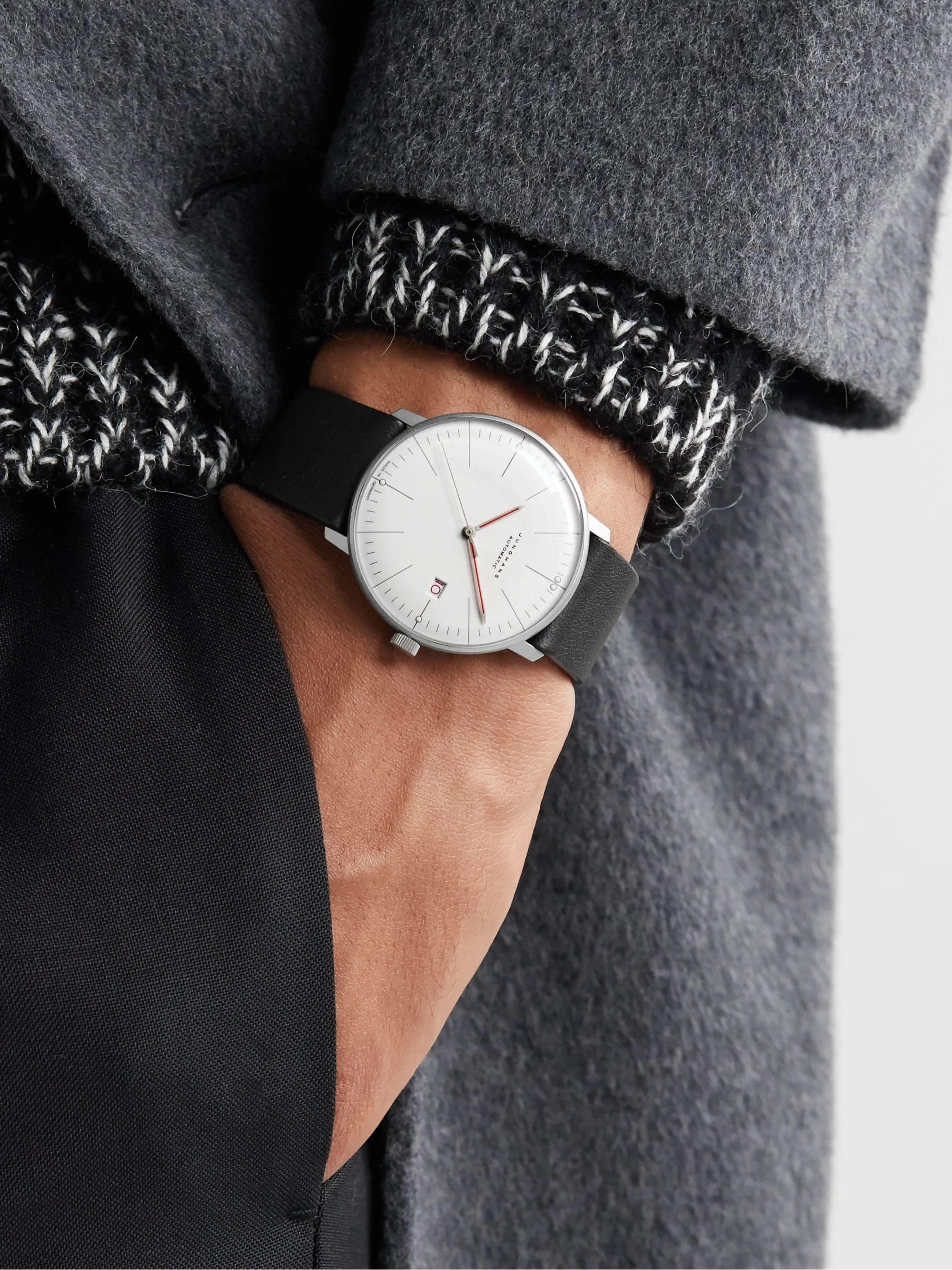
Junghans is a brand founded in the Black Forest of Schramberg more than 150 years ago. At one point in the early 20th century, it was the largest clock manufacturer in the world. However, it was in 1956 that Junghans enlisted well-known artist and designer Max Bill to create a timepiece that followed the foundational principles of Bauhaus. The result of this collaboration was defined by elegant simplicity and a Spartan application of only what was necessary to make a functional timepiece. Distinct typography and a relatively reserved application of details made this watch an instant classic — and one that has remained a staple of the Junghans lineup to this day.
As a testament to Bauhaus, Junghan’s new Max Bill features all of the attributes consumers have come to expect from a model in the series — along with a few small nods to the namesake design philosophy. Measuring a perfectly sized 38mm in diameter, the profile remains svelte at just 10mm tall. The stainless steel case has a matte finish, making it a piece that works just as well casually as it does should the need for formal wear arise. The convex sapphire crystal ensures a clear view of the dial with the added durability of modern materials. Three atmospheres of water resistance is more than enough to provide peace of mind to all but the most aquatic of adventurers.
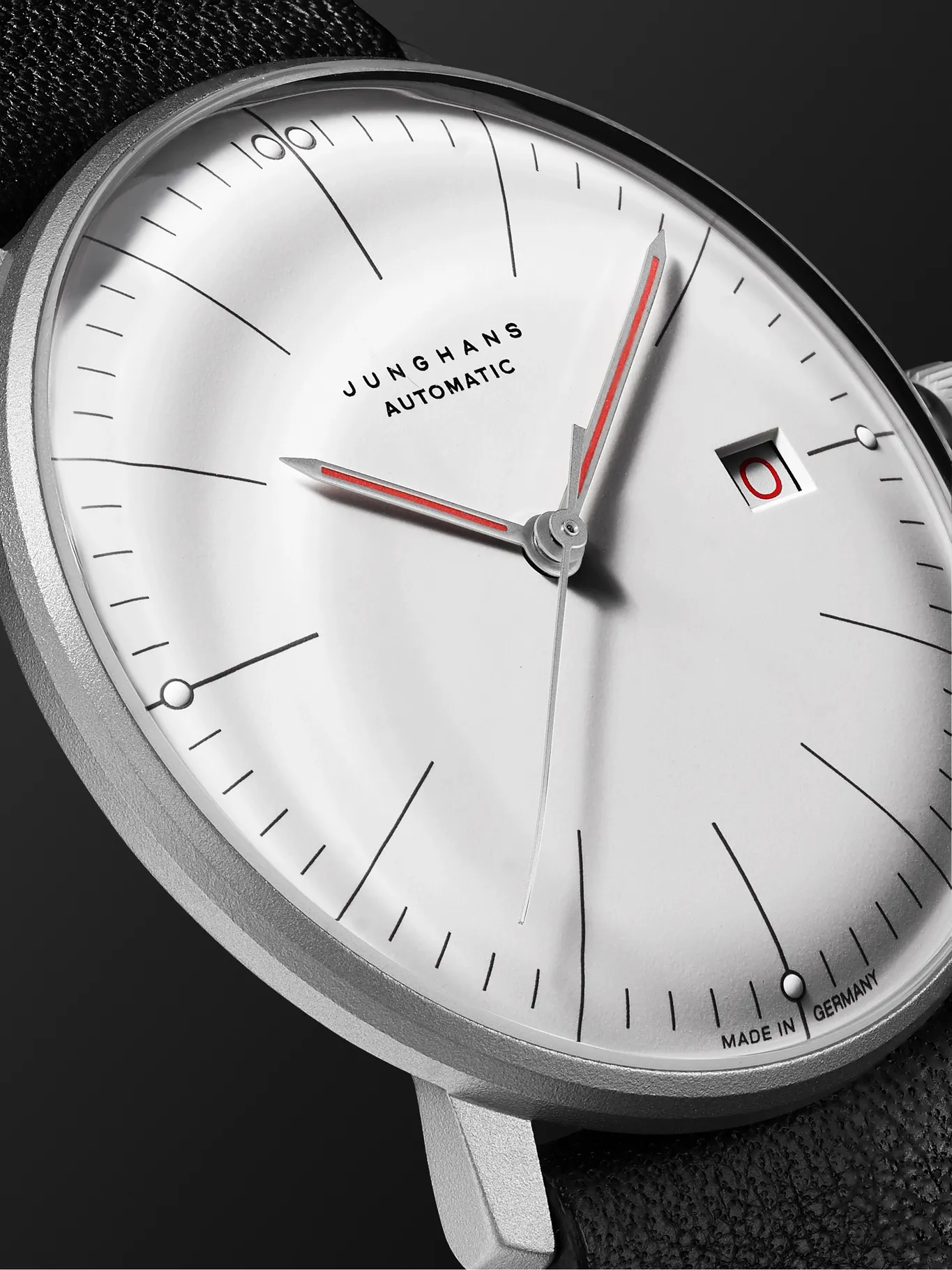
Given the background and legacy of the watch, the dial is where it truly shines. The stark white dial features a matte finish evocative of a vast and snowy tundra. The indices are saber-thin and elongated at each hour. Between these, each minute is marked by an identical, albeit shortened, linear index. Small circular lume plots are placed at 3, 6, 9, and 12 o’clock, adding to the functionality and utilitarianism implemented for the end-user. In that same school of thought is the inclusion of the 3 o’clock date window. Like all aspects of the piece, the font is kept to a minimum, with familiar “Junghans Automatic” at 12 o’clock and a diminutive marking at the base of the dial that indicates the proud German heritage of the model.
Where the Bauhaus example of the Max Bill differs is most evident in the subtle dial detailing, along with a caseback worthy of the namesake. Foregoing typical luminous material coloration, the hour and minute hands are crimson, making for a stark contrast against the white dial. The lettering of the date wheel is colored to match, providing a dramatic pop of red while maintaining the level of restraint expected of Bauhaus artisans. The screwed caseback depicts the Dessau academy building and Bauhaus motif. The famed red door is the only color accent to be seen, and the awe-inspiring window facade features sapphire crystal to allow a view of the movement below.
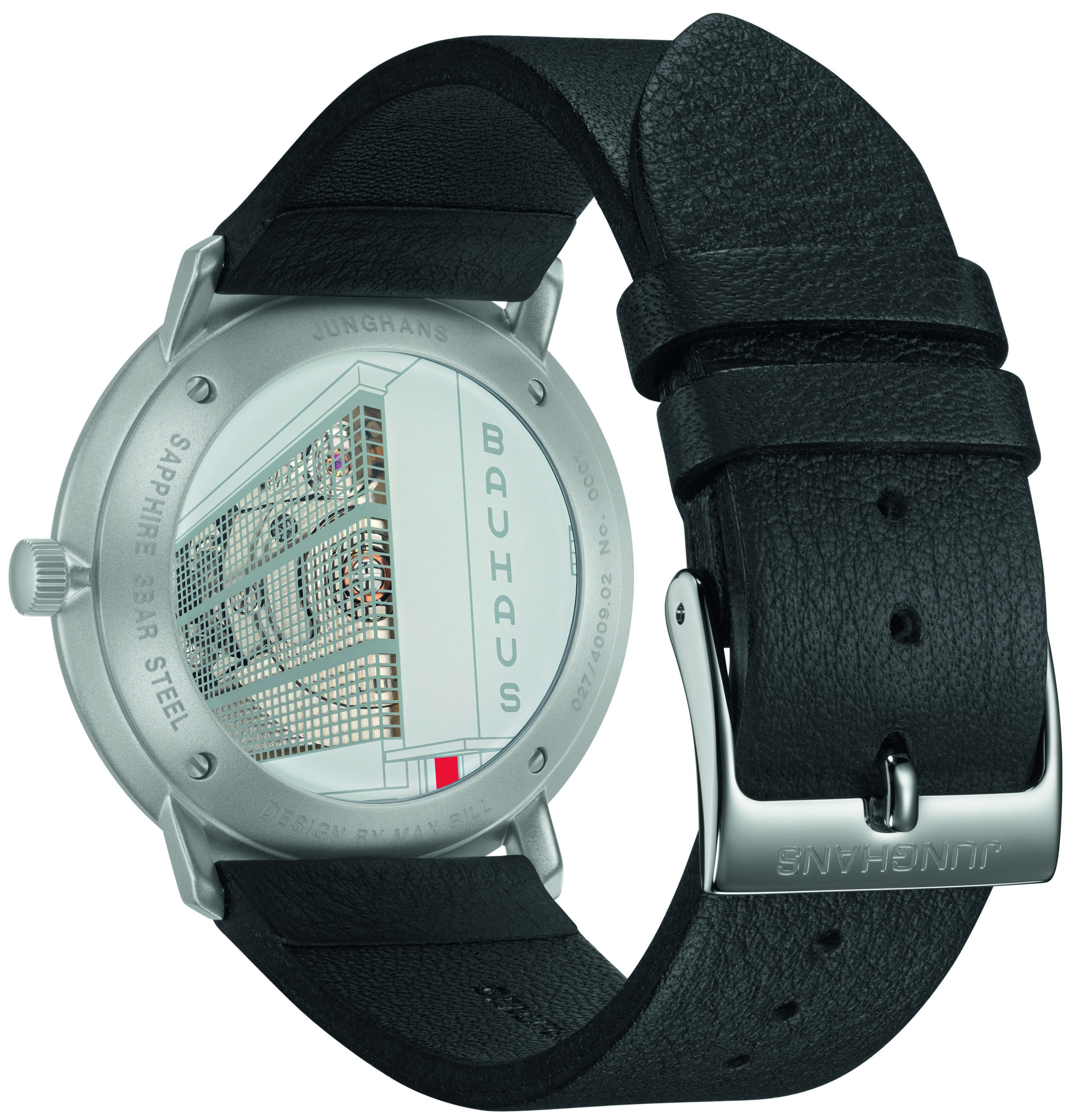
Powering the Max Bill is Junghans’ self-winding movement J800. The power reserve of up to 42 hours ensures that the watch is going to be ready for action, even if it needs to take a night off. The black, calf-leather strap provides contrast against the light coloration of the dial and doubles as a nod to the dark glass windows of the Dessau building. The Max Bill Bauhaus retails for $1,400USD and is available currently on Junghans’ website. Whether you appreciate the history of Bauhaus design, or you’re just in the market for a timepiece that works with any wardrobe, the elegantly Spartan Max Bill is just the ticket.
Sponsored Posts are a form of advertising that allows sponsors to share useful news, messages, and offers to aBlogtoWatch readers in a way traditional display advertising is often not best suited to. All Sponsored Posts are subject to editorial guidelines with the intent that they offer readers useful news, promotions, or stories. The viewpoints and opinions expressed in Sponsored Posts are those of the advertiser and not necessarily those of aBlogtoWatch or its writers.

